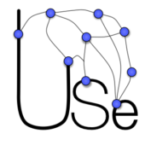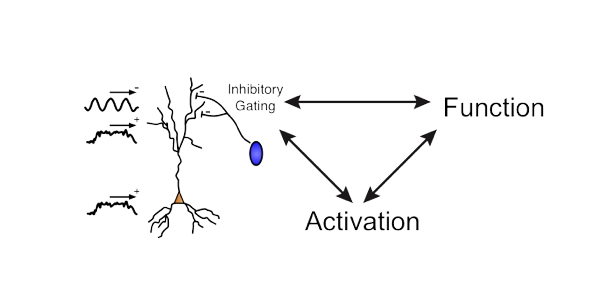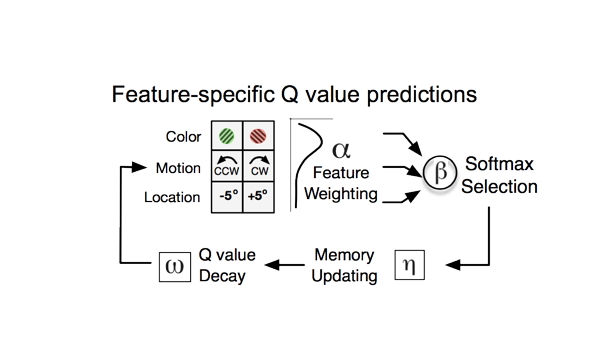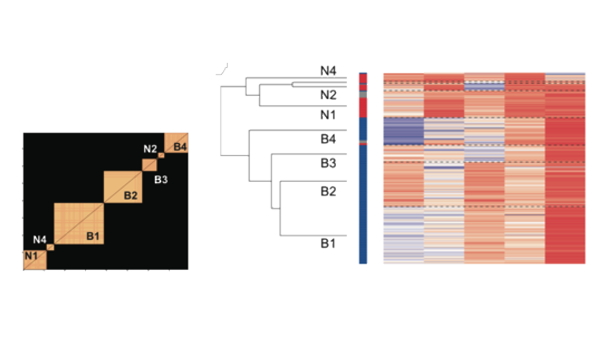
Details of USE are described in the article:
Watson, M. R., Voloh, B., Thomas, C., Hasan, A., & Womelsdorf, T. (2019). USE: An integrative suite for temporally-precise psychophysical experiments in virtual environments for human, nonhuman, and artificially intelligent agents. Journal of Neuroscience Methods, 326, 108374.
Based in Unity3D, one of the most popular game engines in the world, the novel state-based design system allows the rapid creation of experiments that include elements such as realistic three-dimensional images and animation, continuous input, and complex tasks with a high degree of ecological validity. The Arduino-based SynchBox enables sub-millisecond synchronization of monitor frame onsets, participant responses, and hardware such as eyetrackers or neural recording devices. USE was developed with translational research in mind, and the same experimental paradigm can quickly be modified for use with humans, nonhumans, and artificial agents.
All components of USE are open-source. The I/O Synchbox firmware and installation guide is available here: https://github.com/att-circ-contrl/SynchBox. It contains detailed schematics and hardware lists, and can be assembled for under $200.
Video of subject performing an example task.
Updated versions of all USE-related files, including scripts, schematics, libraries, tutorials, and documentation are available for download from our Github repository.
Papers or presentations on studies coded with USE
Watson, M. R., Voloh, B., Naghizadeh, M., amp Womelsdorf, T. (2019). Quaddles: A multidimensional 3-D object set with parametrically controlled and customizable features. Behavior Research Methods, 51(6), 2522-2532.
Oemisch, M., Watson, M. R., Womelsdorf, T., & Schubö, A. (2017). Changes of attention during value-based reversal learning are tracked by N2pc and feedback-related negativity. Front. Hum. Neurosci.. 11, 7. doi:10.3389/fnhum.2017.00540
Watson, M. R., Voloh, B., Thomas, C., Hasan, A., & Womelsdorf, T. (2019). USE: An integrative suite for temporally-precise psychophysical experiments in virtual environments for human, nonhuman, and artificially intelligent agents. Journal of Neuroscience Methods, 326, 108374.
Watson, M. R., Voloh, B., Naghizadeh, M., Chen, S., & Womelsdorf, T. (2017). Information sampling and object selection strategies demonstrate the learning and exploitation of feature relevance. Presented at the 2017 Meeting of the Society for Neuroscience. Washington, DC: Society for Neuroscience.Â
Watson, M. R., Voloh, B., & Womelsdorf, T. (2017). Eyetracking in the virtual world: A toolkit for frame-by-frame classification of gaze during experimental tasks presented using a 3D video-game engine. Presented at the Gordon Research Conference: Eye Movements — The Oculomotor System as a Model of Mind and Brain. Lewiston, Maine: Gordon Research Conferences.Â







